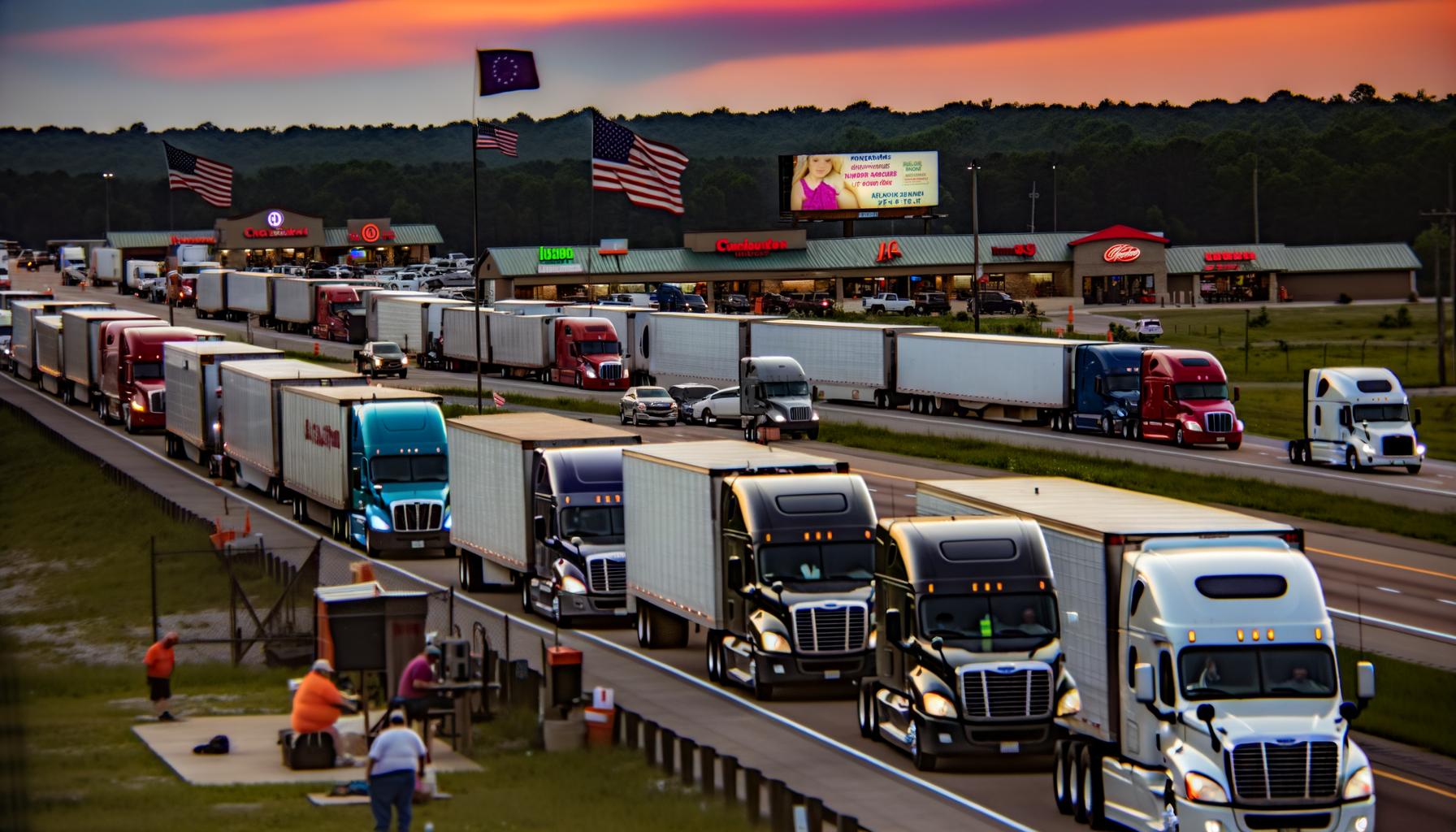Transfix Take Podcast | Ep. 28 – Week of Nov. 24
Peak Season Officially Arriving, West Still Backed Up
Just days away from the busiest shopping day of the year, freight markets have started to heat up again, coming off a longer-than-anticipated decline in November. Throughout last week, the truckload market shifted, with volume and tender rejections beginning to increase; FreightWaves’ Outbound Tender Reject Index (OTRI) is back above 20%. We believe this peak season is unlikely to see the extreme inclines and disruptions we saw last year, but unlike 2020, we likely will see the capacity crunch prolonged into Q1.
The West and Pacific Northwest are driving the biggest disruptions and volumes. These markets continue to be heavily in carriers’ favor, causing tender rejections to climb quickly and pulling up rates along the way. Other regions remain relatively flat with a slight rise leading to the holiday. This year, contract repricing and mini bids have helped protect shippers to some extent.
The West Coast is still backed up, even with the government attempting to ease the bottlenecks. One piece of positive news is the Port of Los Angeles suspended plans to charge shippers for containers that have been piling up at the facility, Dan Ronan reports for Transport Topics. “The backlog of empty containers at the Port of LA and nearby Port of Long Beach — which also adopted a fine program — has fallen 25% to 71,000 as of Nov. 16 from 95,000 in late October … Because of that reduction, the ports temporarily suspended a plan to charge shippers storage-fee surcharges that would increase based on the number of days a container remained at a facility.”
According to FreightWaves’ Greg Miller, daily container-ship arrivals at the ports of Los Angeles and Long Beach were down 10% in November, compared with September, though the ports are still on track for a record year. “The number of container ships arriving in LA-LB is actually falling, as wait times from anchorage to berth are simultaneously surging,” Miller writes. “The rising number of ships at anchor or loitering is creating the perception of a rising tide of U.S. imports, when in fact, higher wait times for ships are being caused by landside logistics issues and gridlock at the ports — not higher inbound container-ship arrivals.”
Eighty-six ships were parked in the San Pedro Bay last week, and these ships are sitting at berth for an average of 18.4 days. The West Coast port markets are driving the market up and spiking carrier rates in the region.
December and Beyond
We are confident consumers won’t find empty shelves everywhere this holiday season, but they may not see all the “hot” items on their lists. We expect longer and earlier sales, along with smaller discounts.
December should bring more signs of what kind of freight market 2022 will bring, but there is still a lot of uncertainty here in the U.S. and around the world. Inventory replenishment will bring more freight to the market through Q1 of 2022, as there are still goods waiting in and around port markets that must be moved. The holidays won’t bring any relief for the 24/7 transportation workers, and for that, we thank all the drivers who keep our economy running.
The movement of freight is changing in every mode, as shippers do their best to keep up with record demand while fighting congestion at multiple points throughout the supply chain. Shippers who think forward, use data and think outside the proverbial box on solutions, while partnering with companies such as Transfix, will come out of this ongoing freight rally in a better position and well ahead of competitors. The one huge win through this pandemic has been speeding up the digital transformation of the transportation industry.
With the uncertainty and volatility surrounding the U.S. economic recovery, shippers need a partner that can help them adapt and excel — no matter the circumstance. Shippers turn to Transfix for our leading technology and reliable carrier network. As volumes drive higher, we are here to help: Learn more about our Core Carrier program and Dynamic Lane Rates. As part of our ongoing market coverage, we’ll continue to provide breaking news, resources and insight into emerging trends and the pandemic’s impact on the transportation industry.
This communication may contain certain forward-looking statements that are not statements of historical facts. All such statements are based on current expectations as well as estimates and assumptions that, although believed to be reasonable, are inherently uncertain. These statements involve numerous risks and uncertainties, and actual results may differ materially from those expressed in any forward-looking statements. We undertake no obligation to update or revise any of the forward-looking statements contained herein, whether as a result of new information, future events, or otherwise.




